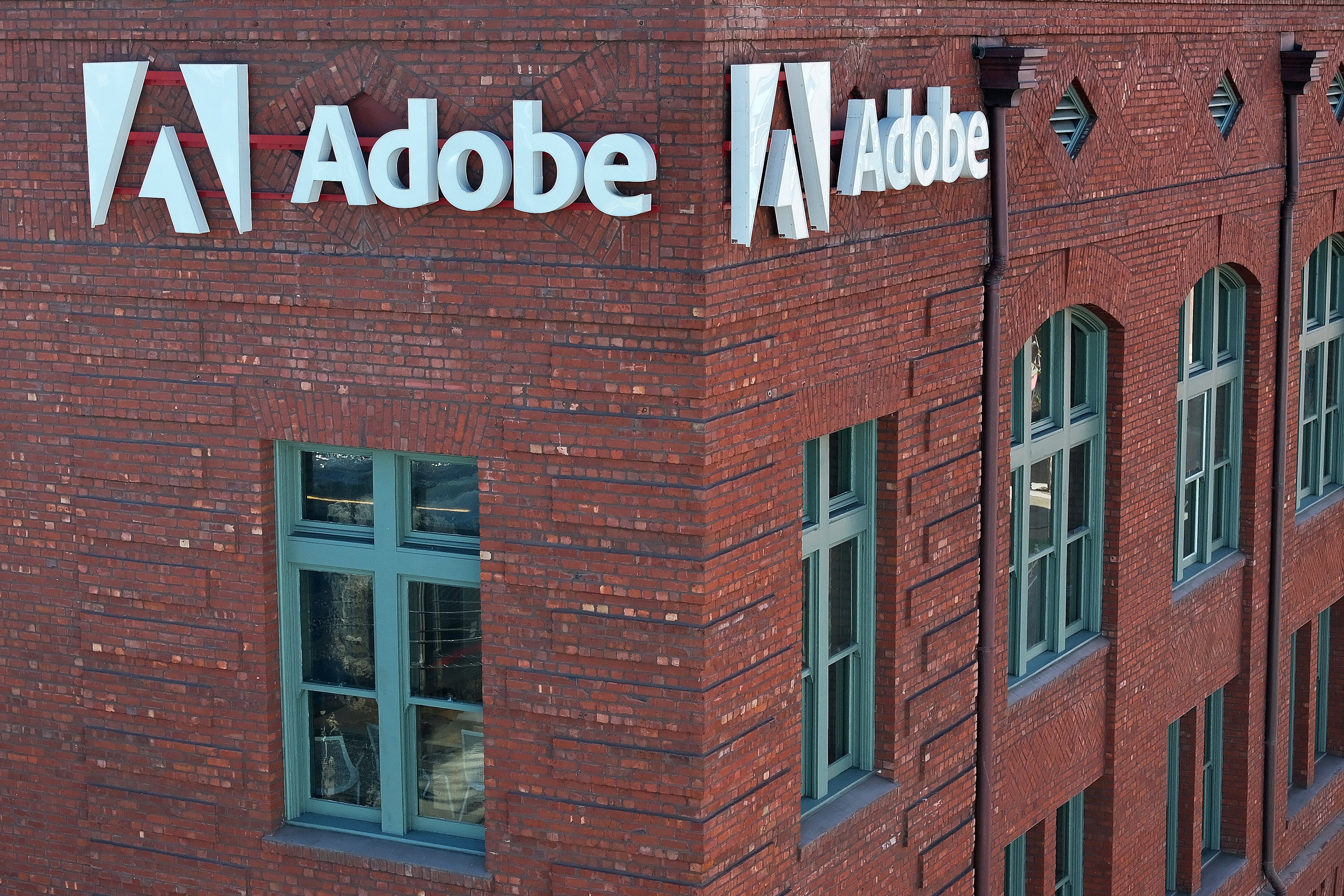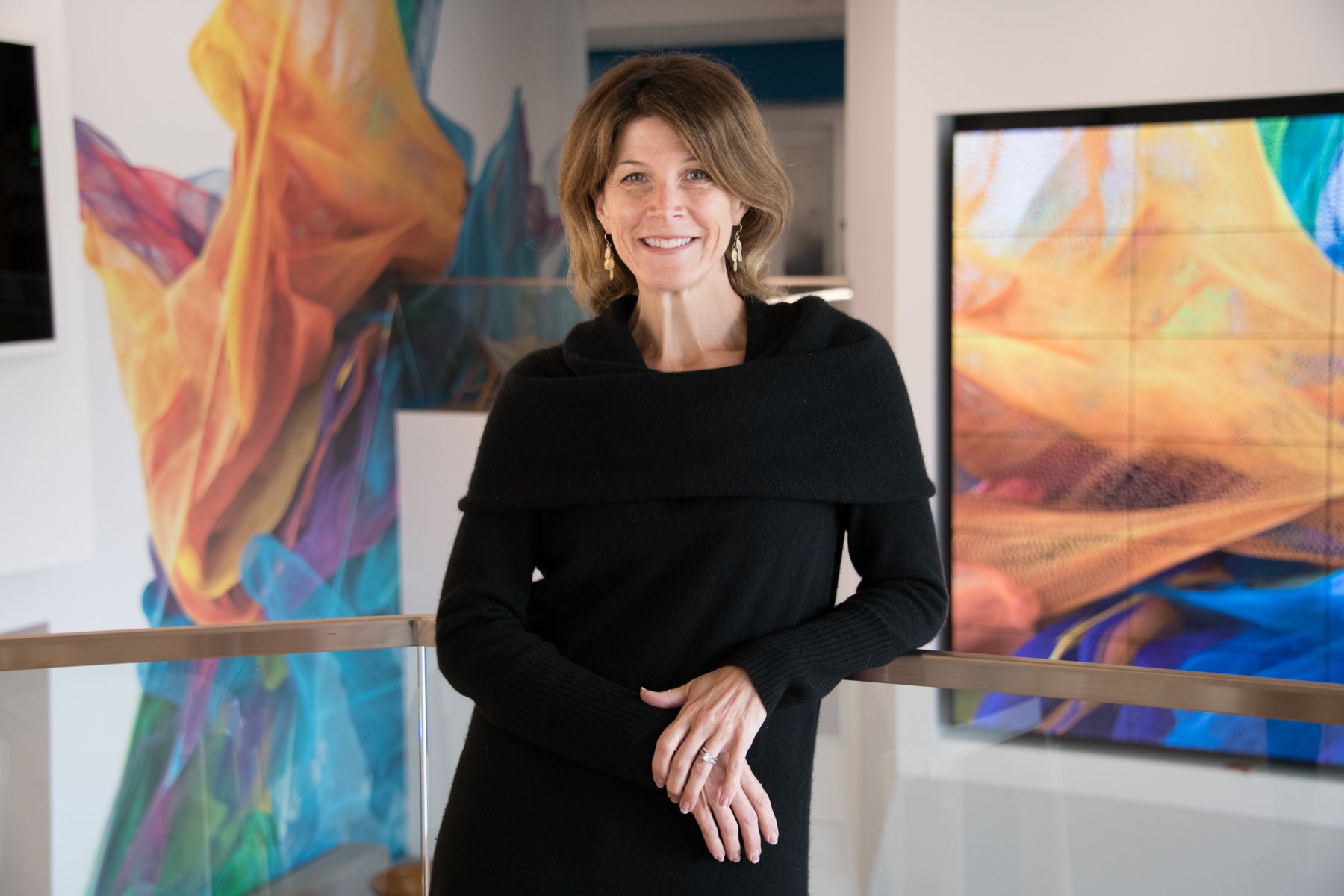Adobe executive says its new AI tech is aimed at making people more creative – not produce horror stories
‘We just don’t want our AI to be used to create biased or harmful content,’ says Ashley Still

Adobe has been busy: the company best known for Photoshop and Illustrator, is building up to its next conference for creatives, Adobe MAX London, coming later this month. It will feature speakers including Louis Theroux and Ashley Still, Adobe’s Senior Vice President, Creative Cloud, who talked to The Independent recently. The company has also just held its annual Adobe Summit, a big event where it reveals new features in its products. Last year it announced Firefly, the creative web app which is great for text-to-image creations, for instance, and which recently added custom models to further automate repetitive tasks.
It will now be possible, Adobe said, for a customer to train Firefly on a customer’s existing assets to ensure brand-specific creations. And something called Structure Reference means a user can upload an image and the app will create new content based on the composition of the original shot, mimicking the lighting and how the subject is posed, for example.
Ashley Still is one of those executives who is knowledgeable to a granular level about the company’s products, including all the above and Adobe Express, which is the company’s web-based design tool that’s designed to be accessible to newcomers.

So, she’s well-versed in Adobe’s achievements and challenges. And she knows all about that current buzzphrase, artificial intelligence. I talked to her recently about what lies ahead – what AI might have to offer, and how it will avoid those well-known horror stories.
“What’s most exciting to me is to see how our applications just get richer with AI, and each of the applications have a clear way that they’re doing that,” she says. “In Photoshop, generative fill is enabling people to focus more on creation and less on specific kinds of technical requirements, like the precision of selection and blending and all of those tools. In Illustrator that means being able to start just with ideas. What’s exciting is both the expansion of ideation which is so important to creativity and the streamlining of tasks that people have to do.”
Adobe is known for evolving its programs so that the drudgery of tedious tasks is taken care of, getting them out of the way, so you can concentrate on being creative. But how does it go further, to inspire creativity?
“One of the things that is really resonating with people is the spontaneity of generative AI,” Still explains. “You don’t know what you’re going to get. I think that serendipity is key: you want to have happy accidents. But then, we aim to give people control because you want that spontaneity as a starting point and then really make it your vision. That’s the power of the editing tools simplifying tasks, but the power is always there.”
And the future is exciting because, Still believes, “Generative AI is like our human brains: the more that we’re exposed to, the more interesting we become.” But the flip side to that is how generative AI grows. There are plenty of horror stories of AI spoofing images of politicians, or utilising the copyrighted materials they’ve been trained on. Adobe is clear that it trains its models on content it owns or licenses, so it can’t riff on Micky Mouse, for instance, because it’s never seen him. This makes responsibility go hand in hand with creativity. How much does it impact decisions?
“Oh, so much,” Still insists. “Respect for intellectual property and trademark is one aspect. But we also have an AI ethics board internally which reviews every single feature for harm and bias before it goes out. That’s in addition to our focus on commercial safety and making sure we that we have the rights. We publish our AI guidelines, because we want to be transparent about how we’re developing AI and how we review it. There are lots of terms that you can input but will not get a result for in Firefly, or in any of our products because we just don’t want our AI to be used to create biased or harmful content.”
As Still says, “Anyone in the world can create great content for personal use or if you have a small business if, as part of your job, you want to post to social media. If you just want your presentations to be more interesting at work, it’s great. There’s that that notion that every human is creative, but they might not be good at producing media. That doesn’t mean they’re not creative, but there are more ways for them to create content. You can create content just with words. Everyone in the world can create content through Firefly and Adobe Express.”
Things are moving apace. When Adobe held its Max conference last autumn, it announced lots of new features and upgrades. But, Still says, “Everything that we announced at Max had not been on our roadmap 12 months before. Everything. That goes to show you the pace of innovation. We are innovating so quickly that you’re focused on the things that you’re doing for the next three to six months.”
AI is not new, though generative AI is. What has changed to accelerate this speed of progress, I ask. “One of the things that clearly has hit an inflexion point is the pace of the research that underlies all this technology and that feels like it’s still on an exponential growth curve. Our research teams are absorbing this new research, adding our own thinking and advancements to that body of research. And then that’s fuelling the development of these models and the features in our products.”
Join our commenting forum
Join thought-provoking conversations, follow other Independent readers and see their replies
Comments
Bookmark popover
Removed from bookmarks